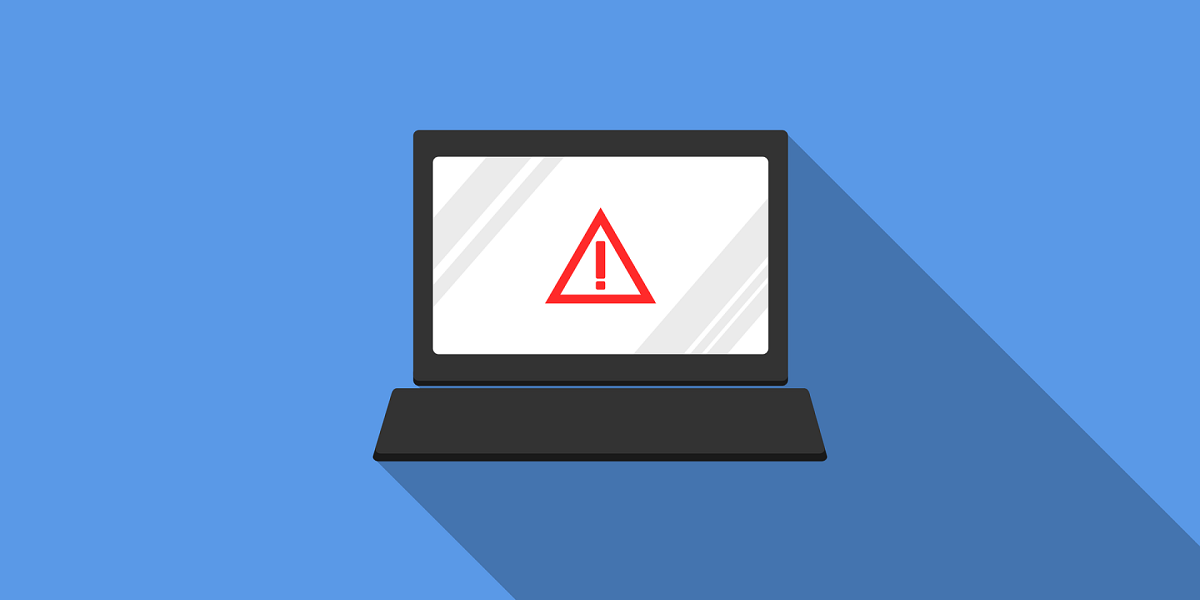About 350,000 harmful and potentially unwanted computer programs get created each day. Malware is the type guaranteed to cause harm to computers and computer users. By contrast, a potentially unwanted program (PUP) may or may not be a threat.
You definitely don’t want to deal with malware, but what about a PUP? What exactly is a PUP in the first place, and how does it even get into a computer? Should you prioritize getting rid of such programs, and if so, how do you remove them?
We’ll serve you all the answers to those questions in this guide, so be sure to read on.
What Is a Potentially Unwanted Program?
You may also know PUPs as potentially unwanted applications (PUAs). They’re a type of software that users may regard as unwanted or unnecessary. In most cases, they come as part of free, legitimate software downloads.
How Do PUPs Make Their Way into Computers?
Most users get PUPs by agreeing to everything in an End User License Agreement (EULA). A EULA, in turn, is a legal contract between a software developer or vendor and the end-user.
A EULA is pretty much a service agreement. It’s in these contracts where you’ll find details about the PUPs bundled with the software.
Unfortunately, most people don’t bother reading service agreements. One study even found that more than 90% of folks in the US don’t read these terms or privacy policies.
So, users who fail to read the EULA and simply agree to it are likely to download PUPs, too. In most cases, PUPs are part of the “recommended installation” of downloaded programs. Choosing this is the same as consenting to the installation of the bundled PUPs.
Are PUPs Types of Malware?
Although users may consider PUPs unwanted, these programs aren’t always malware. They differ from malware because, again, users may consent to their download.
However, some PUPs or PUAs can be destructive or malicious. At the very least, their presence can cause erratic computer behavior.
What Are the Most Common Types of PUPs?
Adware, browser extensions, and spyware are among the most prolific PUPs today. The number of adware detections alone reached close to 17 million in 2019. Spyware and malicious browser extensions have also increased considerably over the years.
Adware
Adware is a type of program that plagues computers or mobile devices with unwanted ads. It creates a myriad of pop-up ads, and in some cases, also causes website redirects.
It’s also worthy to note that adware has become extremely common in Mac computers. In fact, in 2019, adware detections in Macs were twice more than those in Windows computers. During that year, the average number of detected adware in Macs was 11, while it was only 5.8 in Windows devices.
A good example of Mac adware is MacShiny, which causes pop-ups and fake warning messages. Worse, the intrusive notifications are also misleading and can instill terror in users. For those reasons, it’s best to uninstall MacShiny and other adware as soon as you notice them.
Note, too, that adware eats up precious computer resources, as it’s a type of program, after all. As a result, computers filled with such PUPs can start performing poorly.
PUPs With Spyware
Spyware detections have grown by a whopping 1,055% between January and December 2020. Cybercriminals can inject them into PUPs before and during the installation process.
Spyware is dangerous because it tracks information entered into computers and mobile devices. For example, it can stalk you by monitoring the sites you visit. The malicious program can then gather and store your log-in credentials.
From there, spyware developers can use your sensitive info for their personal gain. For example, they can use it to get into your bank accounts and steal your money. They can also sell your classified information to other unscrupulous individuals.
Browser Extensions
Browser extensions are also common PUPs that can be disruptive or destructive. The disruptive ones, which usually display pop-up messages, may not be malware. However, they can still consume resources, sapping up a computer’s memory and energy.
Destructive browser extensions can take the form of browser hijackers. These are usually malicious, redirecting you to websites that may be full of malware. They also modify your browser settings, such as its home page.
Many browser extensions can also be vectors of malware infections. Such was the case with the 28 extensions discovered in Chrome and Edge back in December 2020. These dangerous add-ons placed at least three million users at risk of cybercrime.
How Do You Remove a PUP?
If you’re on Windows, head over to Settings, then Apps, and finally, Apps and Features. Once the Apps and Features screen appears, go through the list until you locate the PUP. Then, click on the PUP icon and select the Uninstall option.
If you’re using a Mac, launch a Finder window and click on Applications, which you’ll find on the window’s left pane. Scroll through the list and then highlight the PUP you want to remove. Then, double-finger tap on the highlighted icon and select the Move to Trash option.
If you think you have loads of PUPs on your computer, an anti-malware program can be helpful. Such services, including Malwarebytes and Norton Power Eraser, can detect PUPs, especially spyware. They also have tools that make it easier to get rid of harmful and potentially harmful programs.
Blast Those PUPs Out of Your Computer
There you have it, the guide on everything you need to know about a potentially unwanted program. Always remember that even if a PUP isn’t malware, it can still rob you of your device’s precious resources. That alone should be a good enough reason to get rid of all PUPs you may have on your computer.
As a final tip, always pay attention to what you agree to when you download and install stuff on your computer.
Looking for more informative tech and lifestyle resources? Feel free to look around our site for more useful guides like this!



